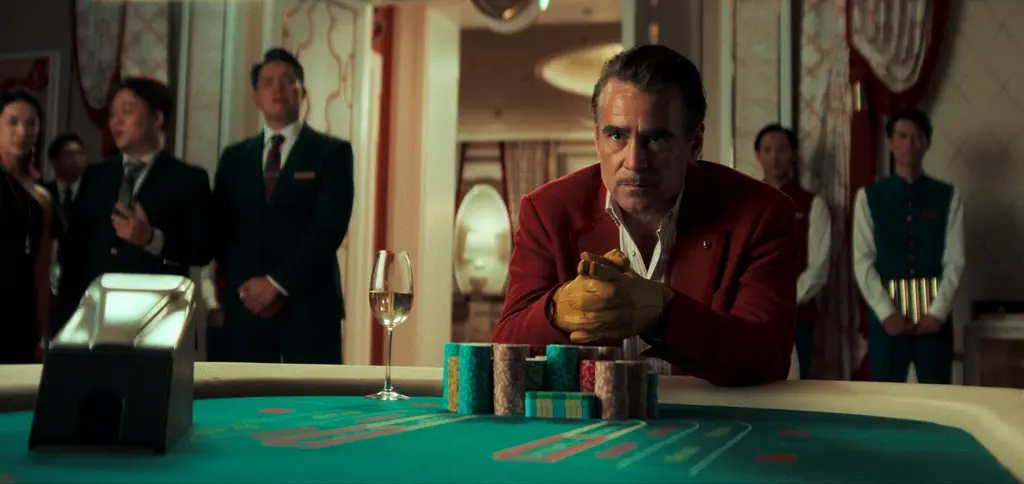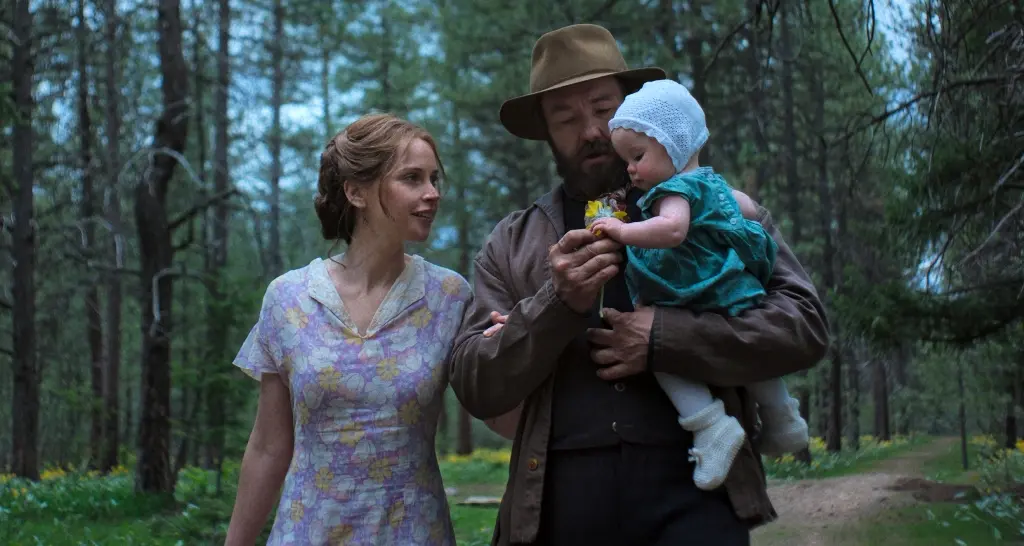NR | 1h 38m | Documentary, Biography, Film History | Dec. 25, 2019
When it was announced earlier this year that filmmaker Quentin Tarantino’s final feature would be titled “The Movie Critic,” most of those working as critics speculated the title character would be (or be based upon) Pauline Kael, something Mr. Tarantino has yet to confirm or deny.





